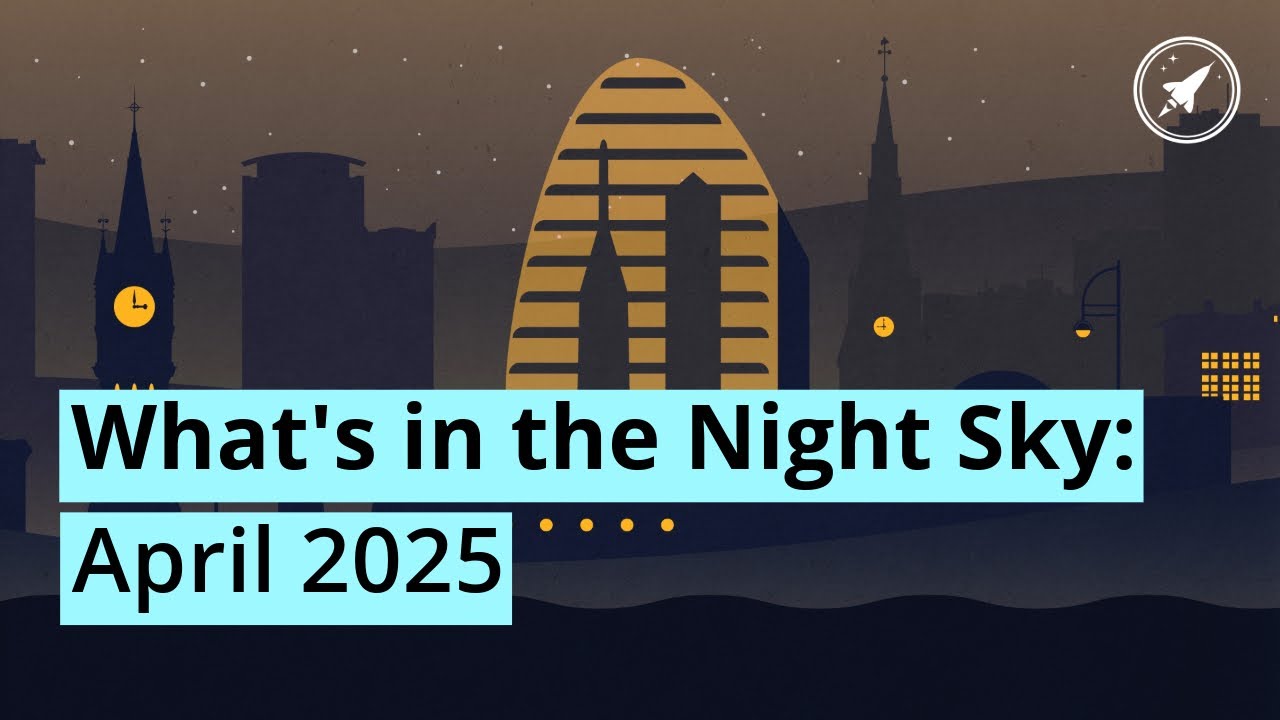Set your alarms for the early hours of April 25, 2025, as a rare and delightful celestial event will unfold in the predawn sky.
A Triple Conjunction That Looks Like a Smile
This striking formation is a type of triple conjunction, when three celestial bodies appear close together from Earth’s perspective. Venus will shine brightly as one “eye,” Saturn as the other, and the crescent moon will curve below them, resembling a smiling mouth.
“Venus will be higher in the sky, Saturn slightly lower, and the crescent moon below forming a triangle that looks like a smile,” said NASA Solar System Ambassador Brenda Culbertson in an interview with KSNT.
Venus, the brightest planet, will outshine Saturn by roughly 25 times, while Saturn’s golden hue makes it easy to spot. Despite their size differences, both planets will appear as bright dots to the naked eye.
When and Where to Watch
The best time to view this celestial smile is around 5:30 a.m. local time, roughly an hour before sunrise. You don’t need a telescope—just a clear view of the eastern horizon and dark skies free from light pollution. Rural areas, hilltops, or beaches offer the best visibility.
If you’re lucky, Mercury might also make a subtle appearance near the horizon, though it’s not part of the main formation.
Tips for the Best Viewing Experience
- Choose a dark spot: Avoid city lights and find a location with an unobstructed eastern view.
- Arrive early: Let your eyes adjust to the dark.
- Check the weather: Even thin clouds can obscure the view, so have a backup location in mind.
- Bundle up: Predawn temperatures can be chilly—dress warmly and bring blankets or hot drinks.
Capture the Moment
Smartphones with night mode can capture the event with a steady tripod, voice-activated shutter, and manual focus set to infinity. For more detailed shots, binoculars or telescopes can enhance views of the moon’s craters, Saturn’s rings, and Venus’s brightness. Advanced photographers may want to use DSLRs with long exposures and wide apertures to get the best shots.
Make It a Family Event
This event is a fun way to introduce kids to astronomy. Try activities like:
- Drawing the smiley face after viewing (ages 3–6)
- Playing space-themed trivia (ages 7–10)
- Simple astrophotography with supervision (ages 11–13)
- Researching planetary motion (teens)
Make it memorable by planning an “astronomy breakfast” or a pre-bedtime space-themed story the night before.
Bonus Skywatching in April
Don’t stop with the cosmic smile—April also offers the Lyrid meteor shower (peaking April 21–22) and a Mars opposition on April 19, when the red planet will shine all night long. The International Space Station will also be visible in multiple passes throughout the month.
Don’t Miss This Rare Sight
This planetary smile is a fleeting treat—no special gear needed, just a clear view and a bit of planning. It’s a moment to connect with the cosmos, reflect, and maybe even spark curiosity in the next generation of stargazers.

